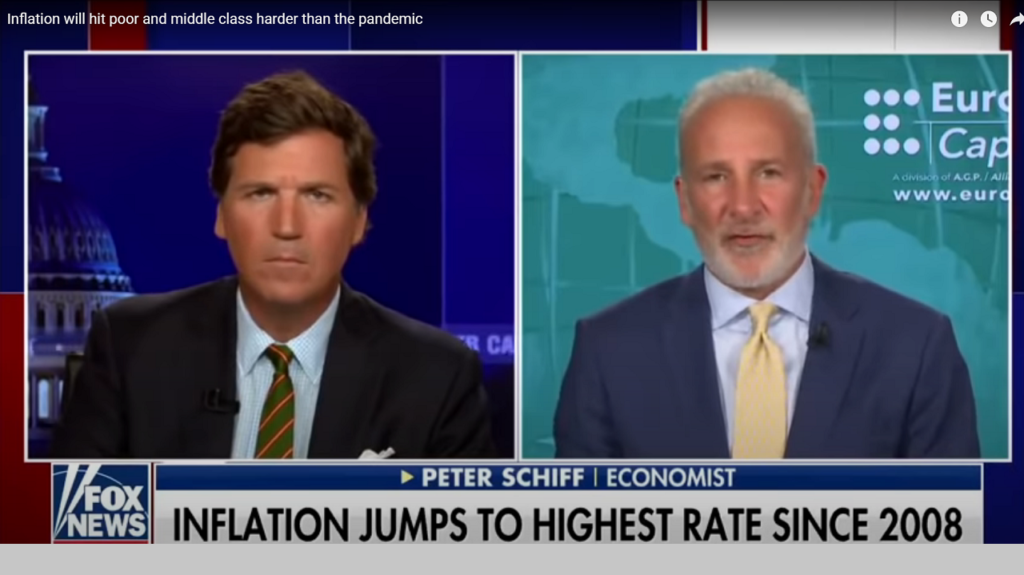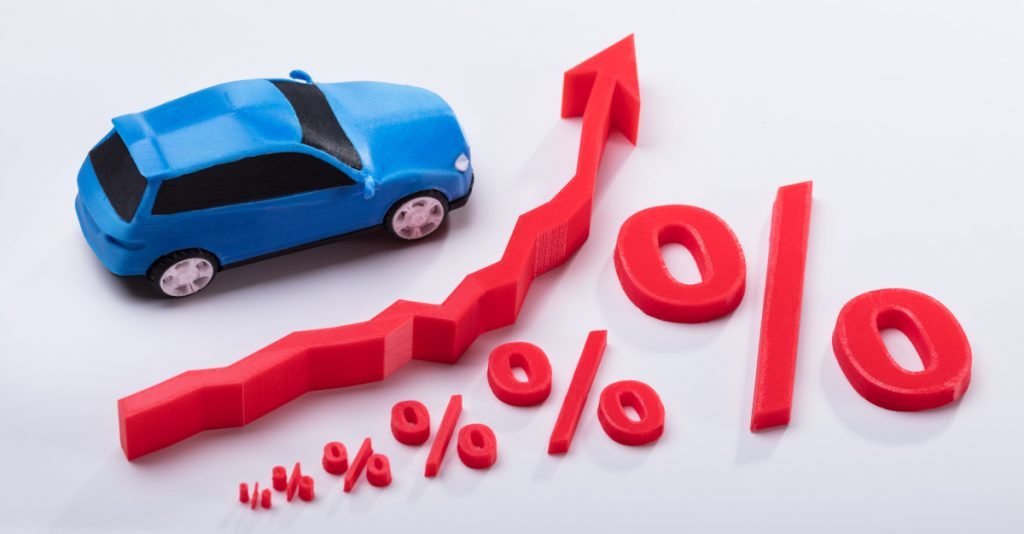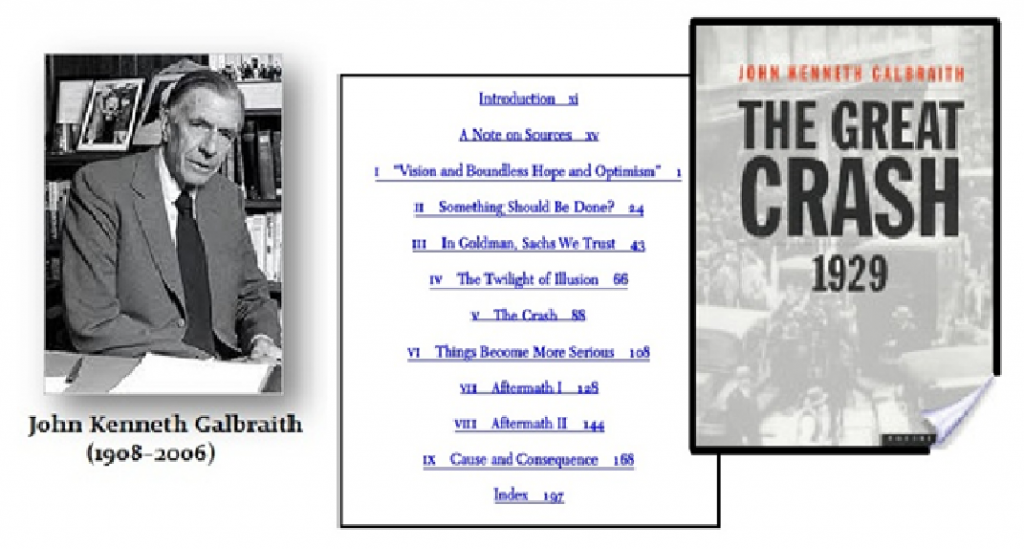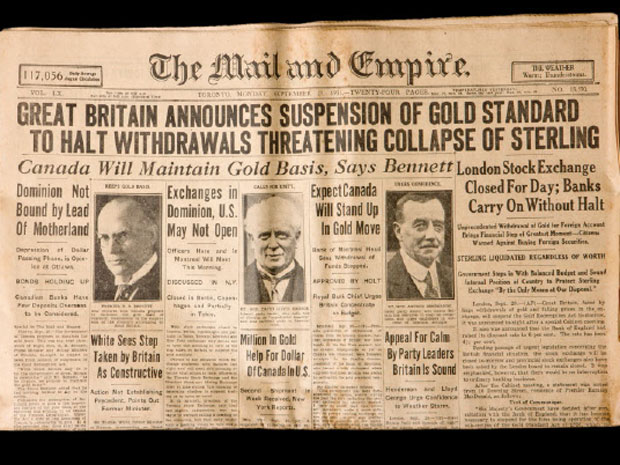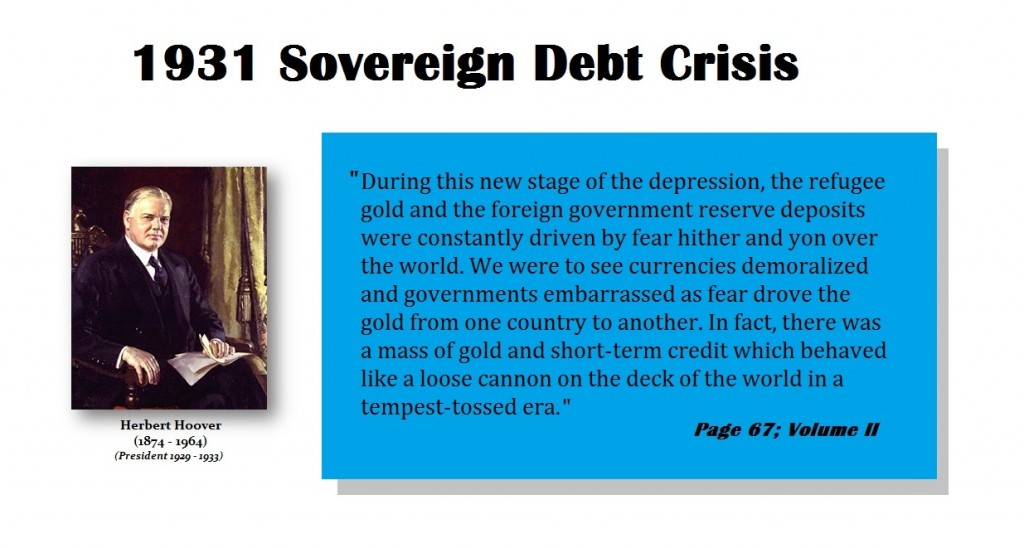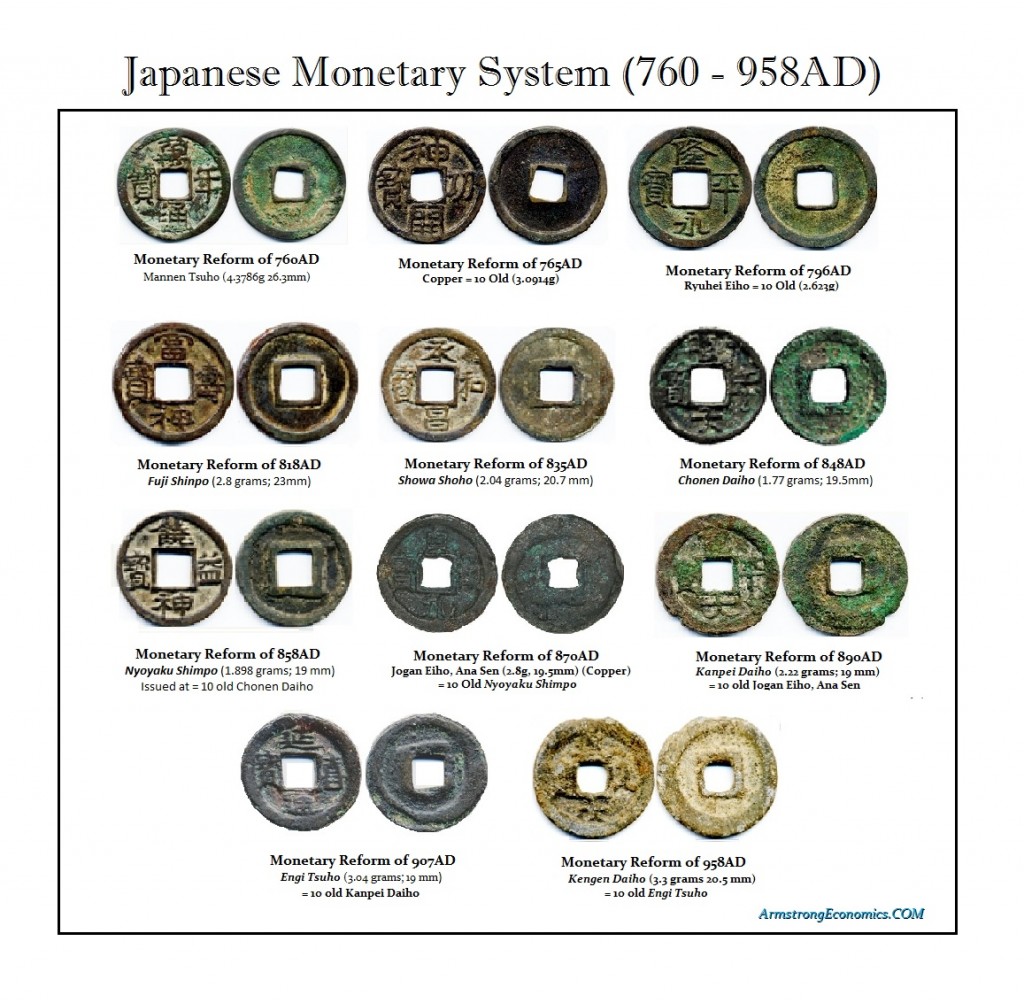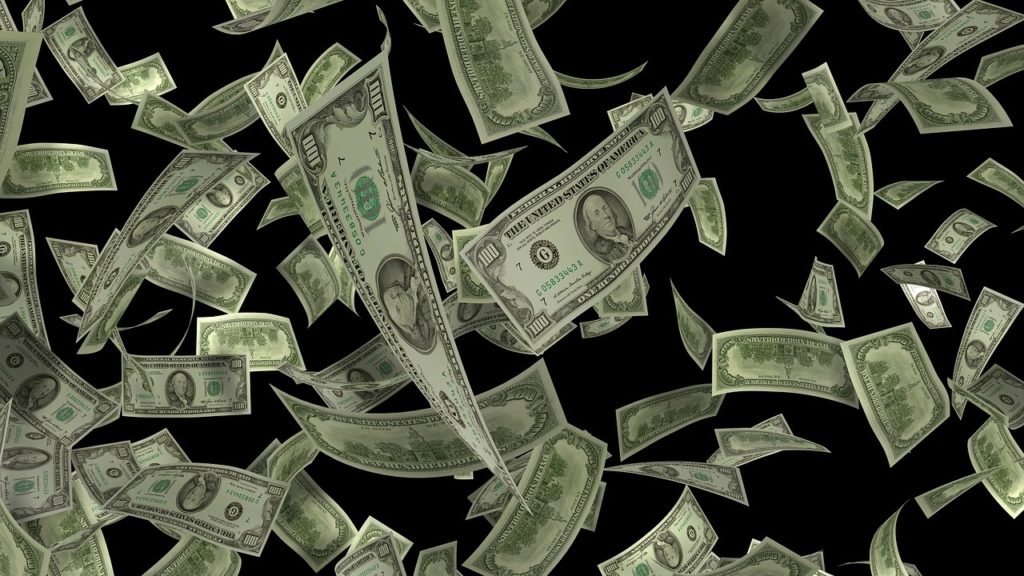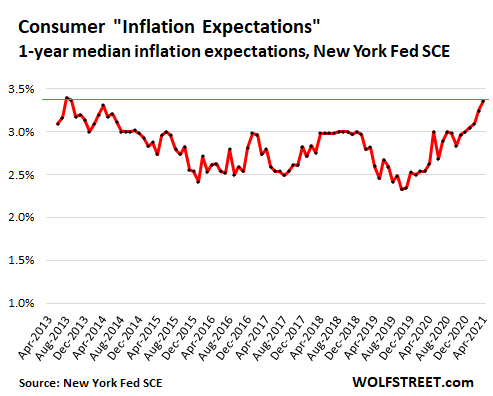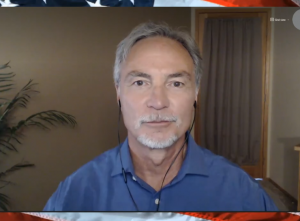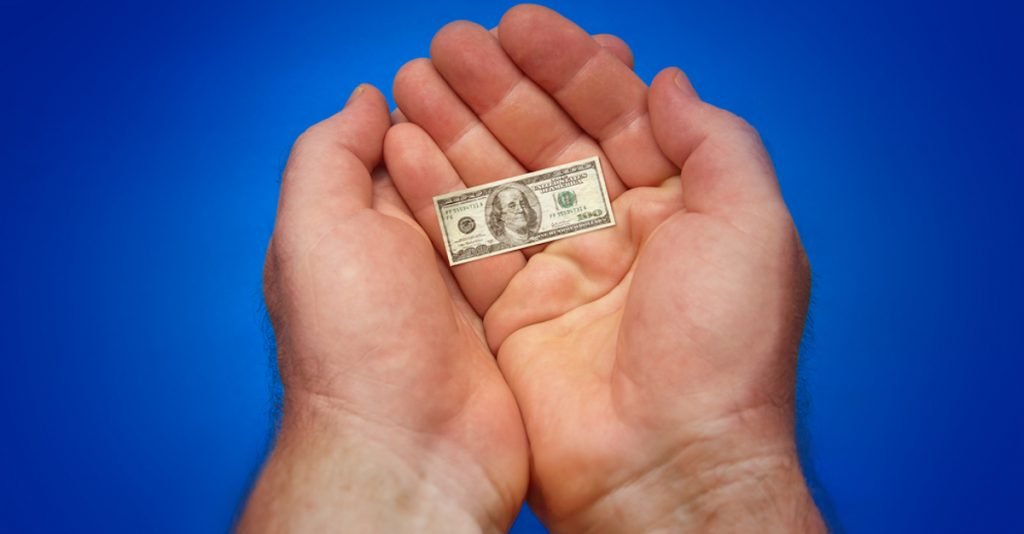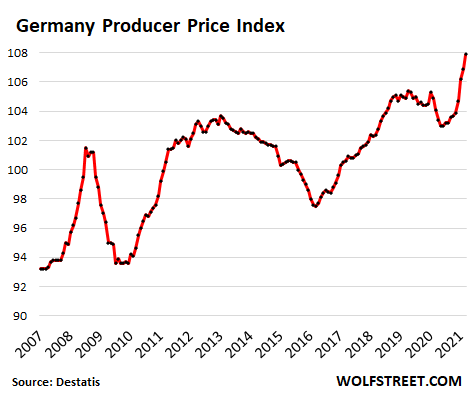
For the mainstream financial media won’t do it, indeed they allow the guardians of the secret to continue to deny its existence.
For years those of us who have been critical as to the negative consequences of easy money policies, QE in particular, were dismissed and mocked as “QE conspiracists” and even as “swashbuckling pirates of free market capitalism” by central bankers directly including yours truly:
It’s easier to mock and ignore with a Tweet and then go into hiding versus engaging in substantive debate.
But the lid just got blown off the false narratives that have been propagated by central bankers from Powell on down with his now infamous claim that “Fed policies absolutely don’t add to inequality“.
Of course QE adds to inequality. Even the Bank of Canada just sheepishly admitted it:
But the real hammer just dropped by one of the most successful investors ever, billionaire Stan Druckenmiller. Not only does QE add to inequality it is the main driver:
“I don’t think there has been a greater engine of inequality than the Federal Reserve Bank of the United States”.
Watch this clip for it lays bare not only the brutal reality of how the Fed has reshaped the country for the benefit of the rich, but also who will pay for the consequences:
The data Druckenmiller is referring to is as obvious as the light of day:


